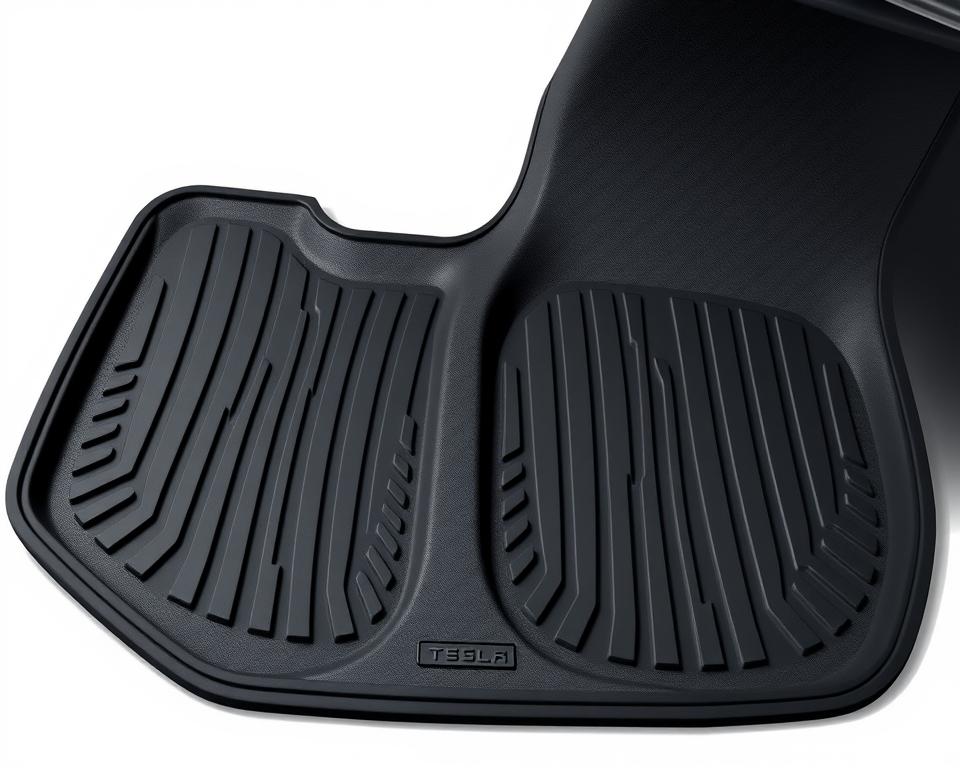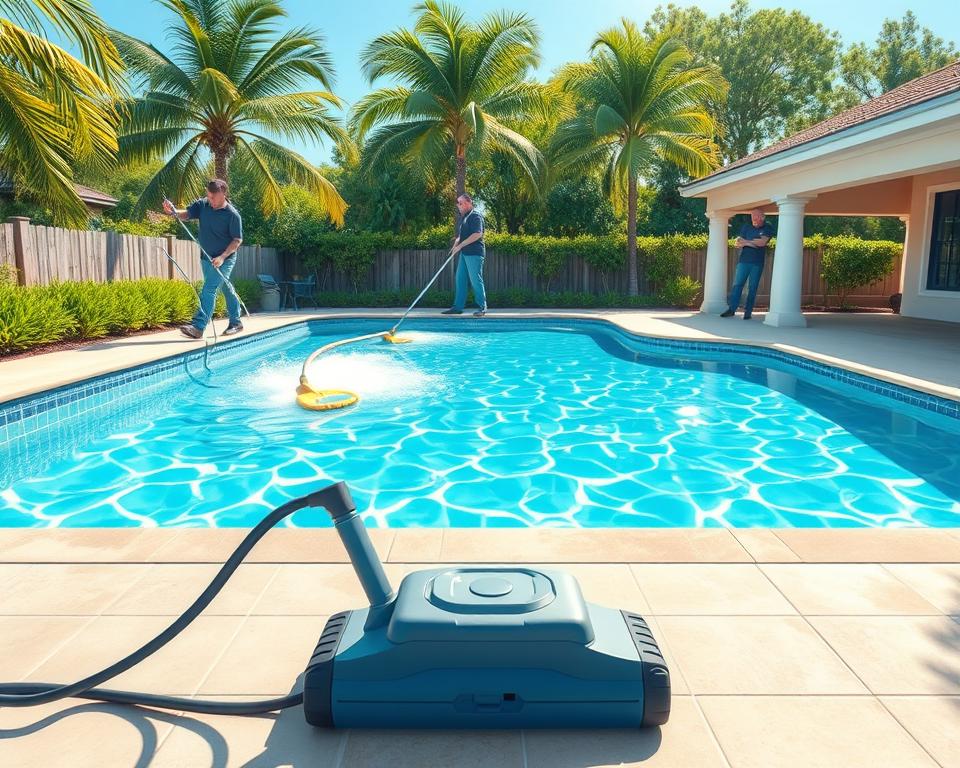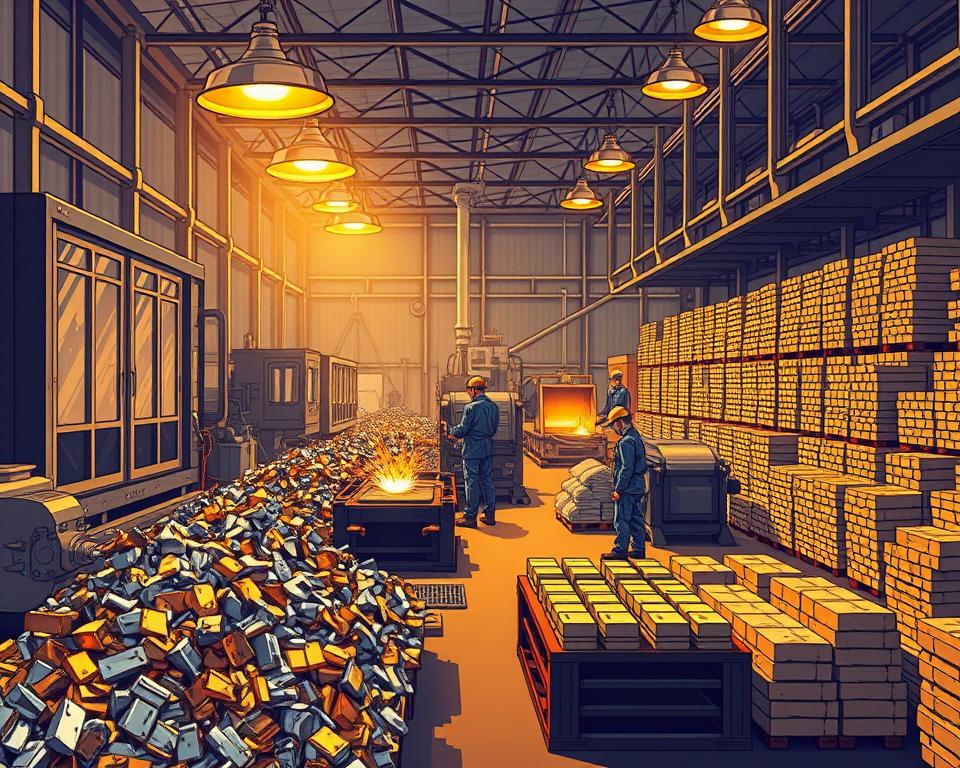Refine Your Tesla Model Y’s Look with Juniper Upgrades
Ever thought about how a few accessories could turn your Tesla Model Y into a personal haven of style and comfort? With Juniper accessories, you’re not merely adding extras to your car. Your drives become more pleasant and perfectly suited to you. An extensive suite of quality Best Tesla Model Y Juniper accessories ensures your vehicle reflects you.
They’re not only about aesthetics. They preserve your Model Y, protecting its worth. Whether you want chic flair or improved function, Juniper is here. They offer both style and substance, making every journey a pleasure.
Core Lessons
- Juniper add-ons elevate style and boost comfort in your Model Y.
- Individualized upgrades let your Tesla echo your personality.
- Premium accessories are essential for improving the driving experience.
- Safeguarding your Tesla boosts lifespan and resale price.
- Juniper enhancements fuse practicality and elegance.
Intro to Juniper Add-Ons for Model Y
Opening the world of Juniper gear for your Model Y shows diverse, custom options. These accessories improve your driving experience by merging innovation with high-quality craftsmanship. Delving into the Tesla accessories universe reveals owner-focused enhancements.
Juniper’s selection spotlights utility paired with elegance. Expect options from tailored mats to refined exterior trims. They meet varied goals—coziness, utility, or personal style.
Opting for Juniper upgrades refines your car’s form and function. Choosing the best Juniper items leads to enjoyable, streamlined trips.

Benefits of Picking Juniper for Your Model Y
Choosing the right accessories for your Tesla Model Y involves several key considerations. Juniper’s strengths emerge in its precision fit and premium materials. They supply a diverse array of Model Y-specific items. That guarantees a seamless match with the car’s contours.
Looking at why Juniper wins reveals premium finishes and trendsetting forms. Juniper’s products are made from top-notch materials. They better both feel and finish inside your car. Keeping stock integrity while reflecting your taste.
Surveying accessory benefits spotlights Juniper’s specialized packages. They support daily use, blending ease, performance, and flair. By upgrading your Model Y with Juniper accessories, you opt for quality and innovation. It upgrades each trip.
Inside Upgrades: Juniper Accessories for Tesla Model Y
Improving cabin areas amplifies both ease and elegance. Juniper’s cabin parts deliver high-grade updates to better your ride. You’ll find tailored seat covers and chic wood panels, blending form and function.
Seat Cover Upgrades for Ultimate Comfort
Bespoke seat wraps shield upholstery and heighten ease. Fabricated with superior materials, they wrap seats for exact, firm coverage. A wide range of styles and patterns are available, allowing you to tailor your vehicle’s interior to your liking. Ideal seat covers save your seats and enrich every journey.
Adding Style with Juniper Wood Trim Options
Juniper’s wood accents infuse your interior with upscale style. It harmonizes with Tesla’s lines, elevating cabin elegance. Pick different grains and stains for a look that’s both chic and practical. Organic wood hues bring cozy refinement to each journey.
Core Juniper Parts for Your Model Y
Upgrading with Juniper parts profoundly better your driving. These accessories blend functionality with style, ensuring every drive is both comfortable and enjoyable. Engineered for daily routines, they shield interiors and amplify looks.
A center console shield is essential, combining style with defense. Year-round, all-climate floor liners keep interiors spotless. They trap dirt and moisture, making it simple to maintain your vehicle’s pristine condition.
Check out this handy summary of vital Juniper upgrades for Model Y:
| Accessory | Function | Benefits |
|---|---|---|
| Console Overlay | Protects console from damage | Enhances style, easy to clean |
| All-Season Liners | Captures dirt and moisture | Robust, year-round use |
| Interior Sun Blocker | Blocks UV rays | Blocks sun, extends upholstery life |
| Cargo Organizer | Keeps items in place | Enhances cargo order |
Investing in these essential Juniper accessories significantly enhances your Tesla Model Y. They enhance operation and prolong durability. Boost your rides with these critical Juniper parts.
Unique Juniper Customizations for Model Y
Personalization lets your Model Y reflect you. Numerous custom Juniper solutions enable signature styling. Offerings cover head-turning wraps and tasteful emblem finishes for unique style.
Distinctive Customization Choices
Personalizing your Tesla Model Y is straightforward with custom Juniper accessories. Opt among various colors and materials for a personalized look. Some standout choices include:
- Custom wraps that let you change your vehicle’s color or finish.
- Overlay badges to tweak Tesla emblems.
- Dash and door trim packages for full cabin makeovers.
Tailored accessories enrich trips and heighten visual interest. Adopting these custom choices lets you showcase style with quality craftsmanship.
Protect and Style with Tesla Model Y Juniper Seat Covers
Picking proper seat covers keeps elegance and utility intact. High-quality Tesla Model Y Juniper seat covers offer numerous benefits. They protect your vehicle’s interior while also boosting its overall look.
Benefits of Using High-Quality Seat Covers
High-quality protective seat covers come with several advantages. They act as a shield against stains, spills, and daily wear and tear. Consequently increasing seat longevity. They additionally support resale value through seat protection.
Extensive Seat Cover Design Options
Choosing Juniper seat wraps reveals many design options. Whether you favor vivid patterns or muted classics, options abound. These selections allow you to style your interior your way.
Functional Center Console Cover by Juniper
Juniper’s console cover blends design with utility. It protects surfaces from spills and scratches, ensuring pristine appearance. With its streamlined style, it enhances cabin aesthetics.
Modifying the console elevates practicality and design. It streamlines console interaction for better functionality. Engineered for longevity, it’s a prudent addition.
Investing in functional pieces like the console protector preserves surfaces and refines journeys. It provides confidence in defense coupled with improved aesthetics.
Improve Your Driving Experience with Juniper Steering Wheel Cover for Tesla Model Y
Equipping Juniper wheel gear meaningfully upgrades your steering feel. Crafted for a tighter hold, it enhances steering control. Its shape eases hand fatigue, enriching long drives.
It additionally delivers classy flair to interiors. The wood trim accentuates Tesla’s minimalist aesthetic. It fuses aesthetic flair and protection, preserving wheel integrity and resale worth.
Choosing a Juniper steering wheel cover is a wise investment in both style and functionality. It refines handling and uplifts cabin aesthetics. Such an addition deeply betters each journey.
Understanding Juniper’s Advantages for Model Y
Juniper parts offer multiple perks, enhancing durability and style. Spending on resilient Tesla Model 3 Highland Accessories protects your Tesla and enhances style. A crucial factor for future resale value.
Durability and Protection for Your Investment
Longevity is a key benefit of Juniper accessories. They’re constructed for frequent use, maintaining your car’s quality. Items like floor mats and seat covers offer critical protection against spills, scratches, and dirt, preserving your vehicle’s condition.
Upgrading Visuals and Resale Prospects
They beautify your Model Y, making it more inviting. It’s not purely cosmetic—it enhances resale prospects. A car equipped with elite parts garners more interest and value.
To Summarize
Embracing Tesla Model Y Juniper accessories can greatly enhance your driving experience. They combine function with flair. They are designed to improve your ride’s comfort and showcase your unique taste.
Your car is beyond conveyance—it’s a valuable asset. Electing superior accessories enriches your Tesla’s comfort and quality. Additionally, it raises eventual sale price. Thoughtful enhancements make all the difference in your rides.
Delving into Juniper parts sets your Tesla apart. Be it function or fashion, proper add-ons count. Think about these add-ons for a smoother, more fun drive.









